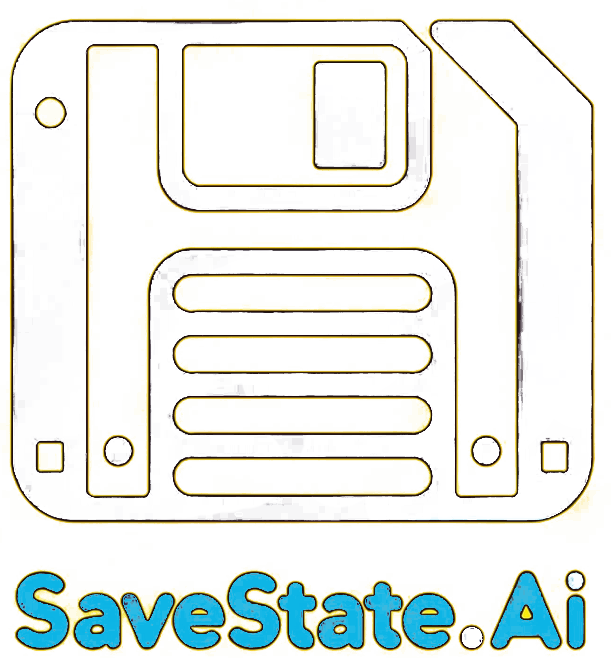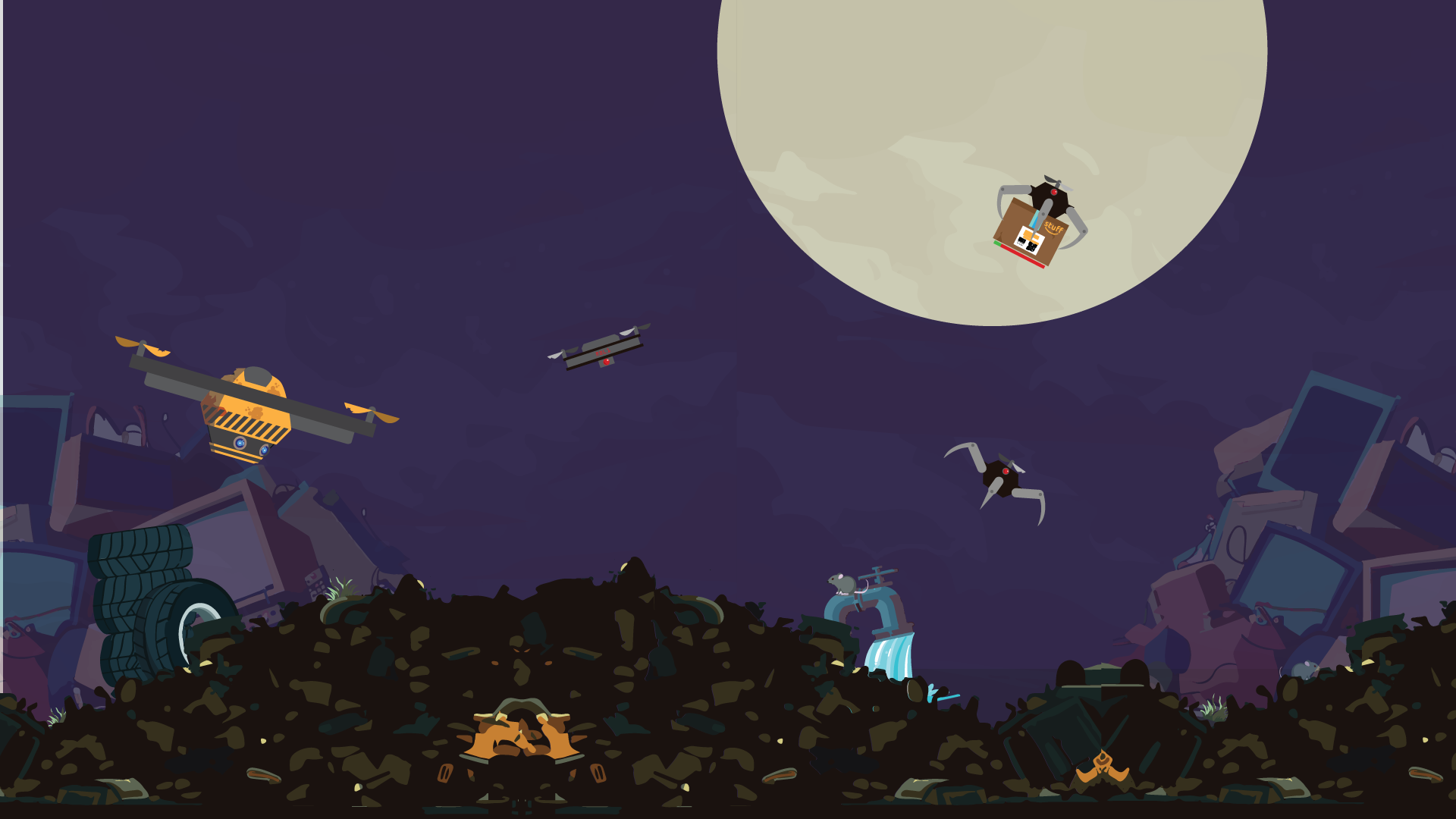
https://www.instagram.com/technicolor.blunder/
1. Game Concept
“Handle with Care” is a 2D side-scrolling action-adventure game where players assume the role of a delivery drone working for Smile Corp, an Amazon-like megacorporation that rules the future world. The drone slowly uncovers fragments of its past human memories, which imbue it with a greater sense of purpose and drive to uncover its own existence.
2. Gameplay Mechanics
🎮 Sidescroller: The game takes place in a 2D side-scrolling format. The player navigates horizontally across diverse environments such as cityscapes, sewer systems, landfills, and warehouses.
📦 Package Delivery: The player’s main task is to deliver packages using a retractable chain, which also serves as a tool for combat and traversal.
🥊 Combat: Players have the ability to use weapons and various objects attached to their chain in order to defend themselves against enemies. The combat system is designed to be responsive and engaging, allowing for a variety of strategies.
⚙️ Upgrade System: Throughout the game, players can enhance their drone capabilities by obtaining different upgrades. These include light projectile weapons and helper bots that aid in both combat and package delivery.
💨 Dash Ability: The player can perform a dash maneuver to evade enemies and traverse environments quickly. Over time, this ability can be upgraded to grant temporary invulnerability and inflict damage to enemies.
🛍️ Shop System: The game features two distinct shops. The “Quick Shop” can be accessed anywhere and provides health restorative items and instant-use weapons for immediate situations. The “Warehouse Shop”, located within the drone’s home base, offers permanent upgrades and selectable weapons that can be equipped for longer-term strategic advantages.
3. Game World
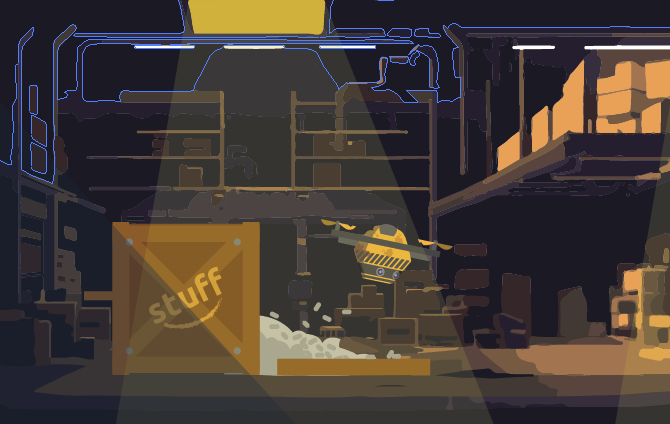
🏭 Warehouse: The game begins in a simple warehouse, the drone’s starting point for its delivery missions. Over time, the warehouse evolves, reflecting the technological progress of Smile Corp. It ultimately becomes a massive Megacorp building.
🏢 Environments: The game features varied environments that provide unique challenges and enemies, including city streets, a sprawling landfill, and the dark corners of an underground sewer system.
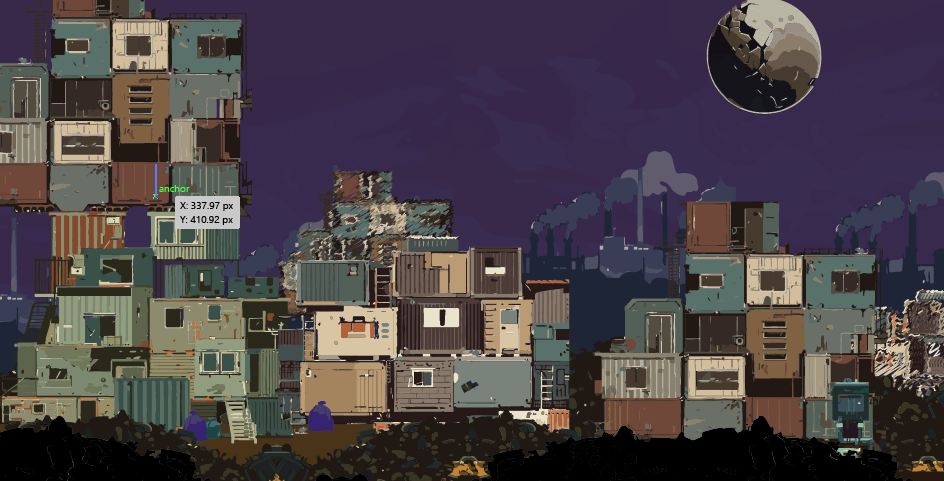
4. Characters
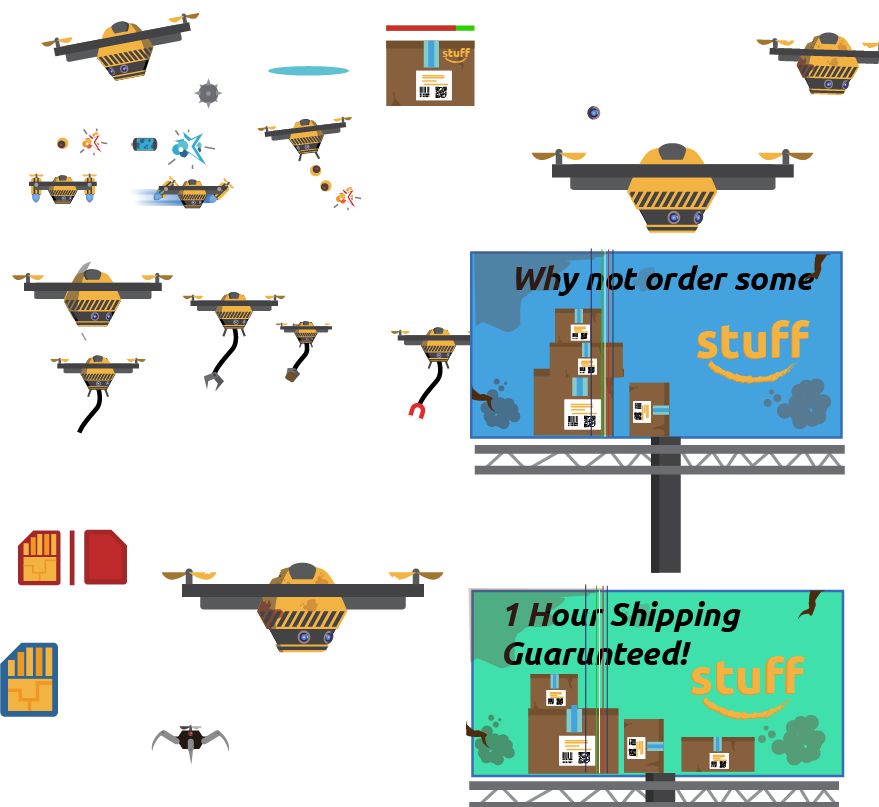
🤖 Player: The main character is a delivery drone grappling with fragments of human memories.
👾 Enemies: Enemies include other delivery drones, corporate security forces, and rival corporations’ assets. Each enemy provides a different challenge and requires unique strategies to defeat.
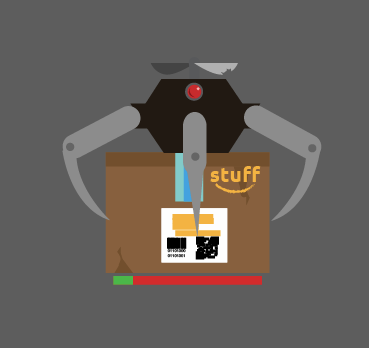
👥 NPCs: The world is populated by human workers, other drone models, and high-ranking executive bots, who provide color and context to the world of Smile Corp.
5. Storyline and Narrative Progression
📦 Early Game: The drone begins with simple package delivery tasks but soon starts uncovering fragments of human memories.
🔄 Midgame: At the midpoint of the game, Smile Corp tries to replace the player’s model with more advanced drones, leading to confrontations with these upgraded units.
🥊 Late Game: As the game progresses, the drone must fight back against these replacements, unraveling the corporation’s dark secrets and the truth about its own existence.
6. Visuals and User Interface
👁️ Art Style: The game features 2D sprites and backgrounds, created with a combination of vector art and pixel art techniques using Game Maker Studio 1.4.
📺 Active Billboard System: The game world is populated with digital signage that provides environmental storytelling, broadcasts enemy intel, advertises upgrades, and shows the player’s current threat level.
🎮 Control Scheme: Players can open circular menus by using the left and right triggers. These menus allow players to select and use items from their toolkit and weapons inventory. Bumpers are used for quick cycling through items or weapons.
Timeline for Demo Level
📆 Week 1: Conceptualization and basic game mechanics implementation Reuse old codebase from previous prototype.
📆 Week 2: Design and development of the warehouse and landfill environments.
📆 Week 3: Development and integration of the enemy AI and combat system.
📆 Week 4: Implementation of the package delivery mechanics and dash ability.
📆 Week 5: Design and implementation of the shop system, along with integration of upgrades.
📆 Week 6: Testing, refining, and finalizing the demo for release.
*REMEMBER* this timeline is an estimate and might change depending on the specific development processes and challenges that arise.
PROMPT:
📝 Game Design Document Template for [Insert Game Title]
- Concept Overview
- “🎲 [Game Title]” is a [genre] game where players [core gameplay activity]. The main character [brief character background] and [what they do in the game world].
- Gameplay Mechanics
- 🎮 [Gameplay Aspect]: The game features [type of gameplay, e.g., side-scrolling, 3D platforming, etc.]. Players will [activity].
- 📦 [Core Task or Objective]: Players will [main task or objective, e.g., deliver packages, solve puzzles, etc.].
- 🥊 [Combat or Challenge]: Describe the combat system or challenges the player faces.
- ⚙️ [Upgrade System]: Outline the upgrades or progression system.
- 💨 [Special Abilities]: Discuss any special moves or abilities players have.
- 🛍️ [Shop System]: Explain the in-game economy and shop system.
- Game World
- 🏭 [Primary Location]: The game starts in [describe starting location] and [describe how it changes over time].
- 🏢 [Diverse Environments]: List and describe the various environments players will encounter.
- Characters
- 🤖 [Player Character]: Introduce the main character and their motivation.
- 👾 [Enemies]: Describe the enemies and the challenge they represent.
- 👥 [NPCs]: Mention any non-playable characters and their roles in the game.
- Storyline and Narrative Progression
- 📦 [Early Game]: Outline the beginning phase of the game and initial objectives.
- 🔄 [Midgame]: Describe the challenges and plot developments mid-game.
- 🥊 [Late Game]: Explain the endgame scenarios and climax of the story.
- Visuals and User Interface
- 👁️ [Art Style]: Describe the art style and visual elements of the game.
- 📺 [Billboard System]: Detail any unique UI elements like the billboard system.
- 🎮 [Control Scheme]: Explain the control system and menu navigation.
Timeline for [Game Segment, e.g., Demo Level]
- 📆 [Week 1]: [Main focus for the week].
- 📆 [Week 2]: [Main focus for the week].
- 📆 [Week 3]: [Main focus for the week].
- 📆 [Week 4]: [Main focus for the week].
- 📆 [Week 5]: [Main focus for the week].
- 📆 [Week 6]: [Main focus for the week].
[Additional Notes]
- Please consider that this timeline is a guideline and might be adjusted due to [reasons for potential changes]. Keep the document dynamic to accommodate updates and new insights throughout the game development journey.
This template is designed to be a starting point. Be sure to fill in each section with details pertinent to your game to build a GDD that provides a clear and comprehensive blueprint for development.

